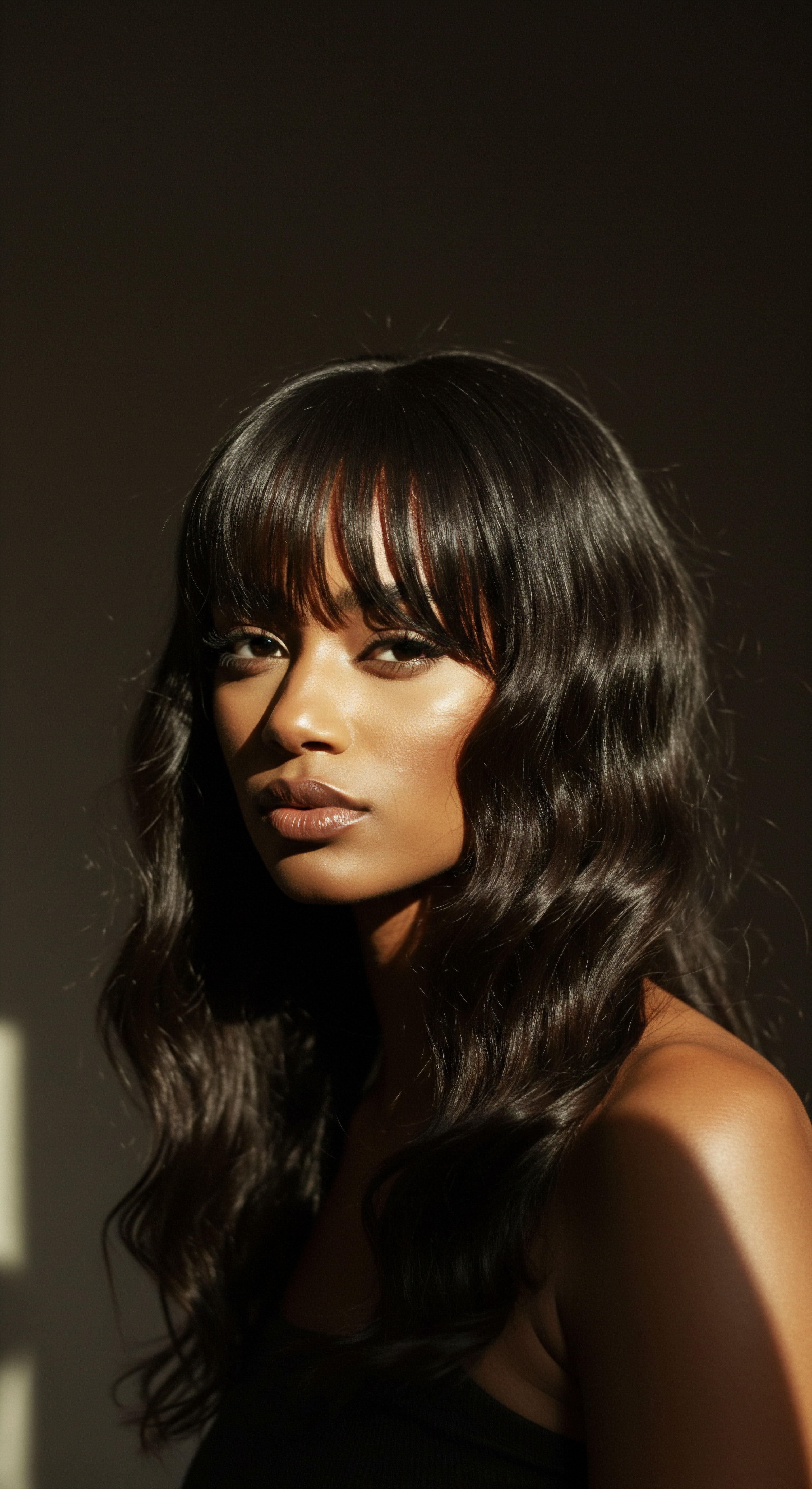
Fundamentals
The phrase ‘Civil Rights Expansion’ calls to mind a profound unfolding of societal recognition, a broadening of the very pathways to belonging and dignity for all. For Roothea, this concept holds a particular resonance, extending beyond traditional legal definitions to encompass the lived realities and deep heritage of textured hair. At its simplest, this phrase points to the ongoing historical journey wherein a nation strives to uphold the inherent worth and equality of every individual, irrespective of their background or identity.
It is a process of recognizing previously denied entitlements, pushing the boundaries of inclusion, and ensuring that the promise of liberty truly extends to all. This fundamental meaning serves as a guiding light, reminding us that justice is not static; it is a dynamic pursuit.
Historically, the Civil Rights Movement in the United States, particularly from the mid-1950s to the late 1960s, sought to dismantle legalized racial segregation, discriminatory practices, and disenfranchisement, primarily affecting African Americans. While landmark legislation like the Civil Rights Act of 1964 prohibited discrimination based on race, color, religion, sex, and national origin in areas such as employment and public accommodations, the story of equality did not conclude there. The ‘expansion’ speaks to the understanding that formal legal protections, while vital, do not always eradicate subtle yet persistent forms of bias and exclusion. It signifies the continuous effort to address disparities that linger in societal norms, institutional practices, and even personal perceptions.
For those who cherish textured hair, this expansion gains a particularly personal and cultural dimension. Hair, in many Black and mixed-race communities, serves as a powerful symbol of identity, resistance, and creative expression. Yet, for centuries, Eurocentric beauty standards have cast natural hair textures as “unprofessional” or “unruly,” leading to widespread discrimination.
The journey toward hair liberation, therefore, is an integral, though often overlooked, facet of this broader civil rights narrative. It highlights how the fight for fundamental rights extends to the very crowns we wear, demanding recognition and respect for the diverse ways Black and mixed-race individuals present themselves to the world.

Historical Roots of Hair-Based Disparity
The historical context for hair-based discrimination against Black individuals is deeply rooted in systems of oppression. During the era of slavery, enslaved people were often forced to shave their heads, a brutal act designed to strip them of their cultural identity and sever connections to their African heritage. Post-emancipation, the pressure to conform to Eurocentric beauty ideals persisted, leading many Black individuals to chemically straighten or alter their hair to gain social and economic acceptance. This assimilationist pressure, though subtle, imposed significant burdens and underscored a pervasive lack of freedom in self-presentation.
The Civil Rights Movement of the 1960s brought a powerful counter-narrative. The embrace of the Afro hairstyle became a potent symbol of Black pride, rebellion, and empowerment. It was a deliberate rejection of imposed beauty standards, a visible declaration of self-acceptance and cultural affirmation. This period marked a significant shift, demonstrating how personal style could become a political statement, asserting the inherent beauty of Afrocentric aesthetics.
The Civil Rights Expansion, for textured hair communities, represents a continuing quest for dignity, moving beyond legal frameworks to challenge ingrained societal biases.
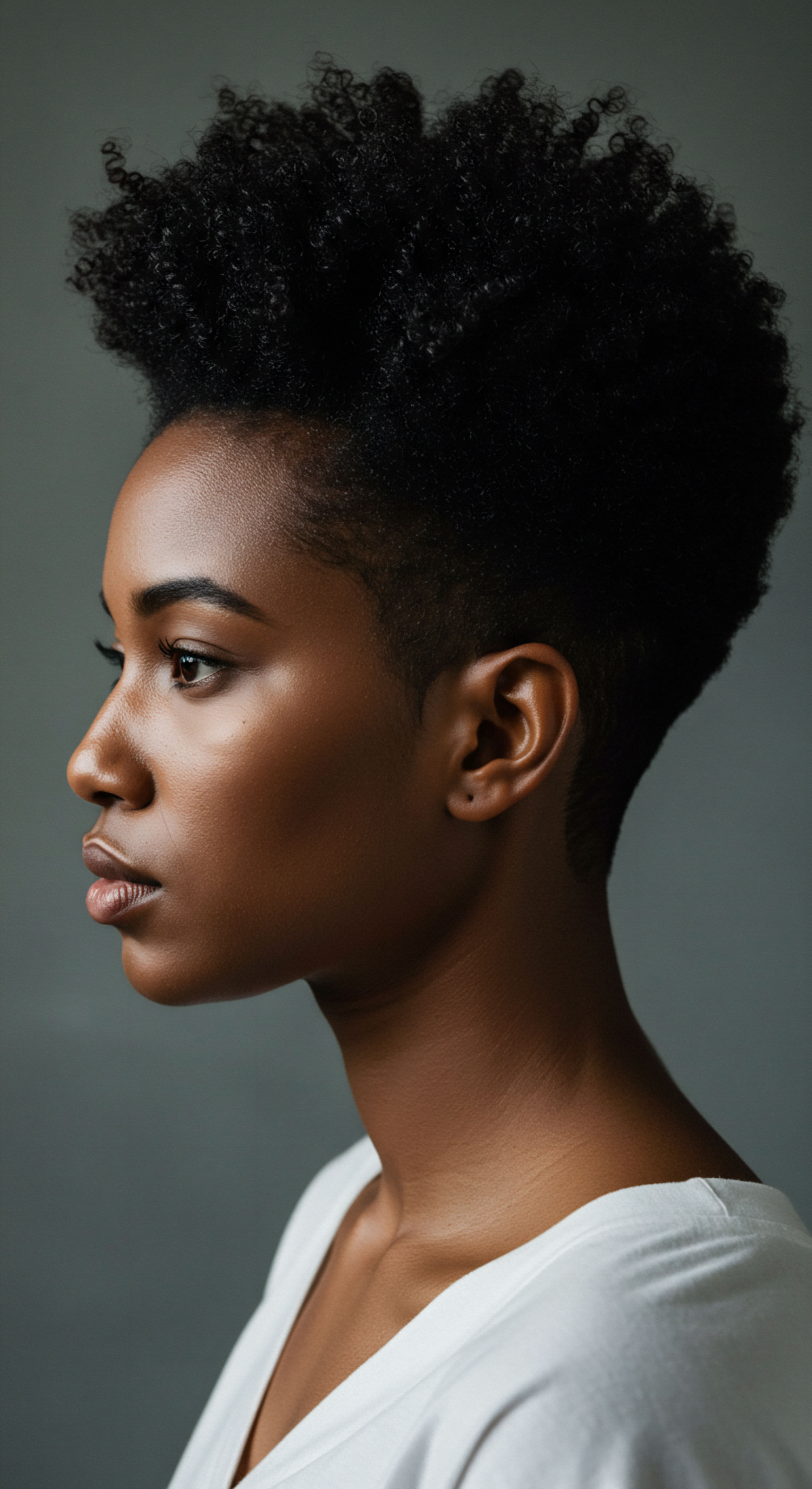
Early Legal Recognitions and Their Limits
While the Civil Rights Act of 1964 provided a crucial legal foundation against racial discrimination, it did not explicitly address hair texture or style. Early court cases, such as Jenkins v. Blue Cross Mutual Hospital Insurance in 1976, acknowledged that afros were protected under Title VII, yet this protection did not extend to broader hair discrimination.
This legal gap meant that many individuals still faced repercussions for their natural hair in workplaces and schools, underscoring the necessity for further legislative clarification. The distinction between overt racial discrimination and discrimination based on hair, often perceived as a “choice,” left a significant loophole, highlighting the limitations of initial civil rights statutes in addressing the nuanced realities of Black identity.
| Era Pre-1960s |
| Civil Rights Development Segregation, Jim Crow Laws |
| Impact on Textured Hair Pressure to straighten hair for assimilation; hair as a marker of perceived inferiority. |
| Era 1960s |
| Civil Rights Development Civil Rights Act of 1964, Voting Rights Act of 1965 |
| Impact on Textured Hair Rise of the Afro as a symbol of Black pride and cultural affirmation. |
| Era Late 20th Century |
| Civil Rights Development Ongoing legal challenges to discrimination |
| Impact on Textured Hair Early court cases address hair, but protections remain limited and inconsistent. |
| Era This timeline illustrates how broader civil rights advancements have influenced, and been influenced by, the journey for hair liberation. |

Intermediate
Stepping beyond the foundational understanding, the intermediate meaning of ‘Civil Rights Expansion’ reveals itself as a continuous, often incremental, effort to refine and broaden the application of equality principles. It is about recognizing that systemic inequalities morph and adapt, demanding equally adaptive legal and social responses. For textured hair communities, this translates into an intensified focus on specific, pervasive forms of discrimination that persist despite earlier legislative victories. This phase delves into the practical manifestations of hair bias, examining how it impacts daily life, professional aspirations, and personal well-being.

The Persistent Shadow of Hair Bias
Even after the pivotal Civil Rights Movement, the subtle yet pervasive nature of hair discrimination continued to cast a long shadow over the lives of Black and mixed-race individuals. Many still faced unstated expectations or overt policies that favored Eurocentric hair textures and styles. This often meant altering one’s natural hair, sometimes through damaging chemical processes, to secure employment or advance professionally. The implication was clear ❉ to succeed in mainstream spaces, one’s natural self, particularly one’s hair, needed to be modified.
Consider the deeply personal ritual of preparing one’s hair for public spaces. For individuals with textured hair, this preparation often extends beyond aesthetic preference; it becomes a calculation of conformity, a weighing of authenticity against opportunity. This constant internal negotiation speaks volumes about the societal pressures that remained unaddressed by initial civil Rights legislation. The understanding of ‘Civil Rights Expansion’ here gains significance, for it acknowledges these less visible yet deeply impactful forms of bias, pushing for a society where one’s natural appearance is not a barrier to success or belonging.
Hair discrimination, often subtle, reveals the enduring need for civil rights expansion to protect identity in daily life.
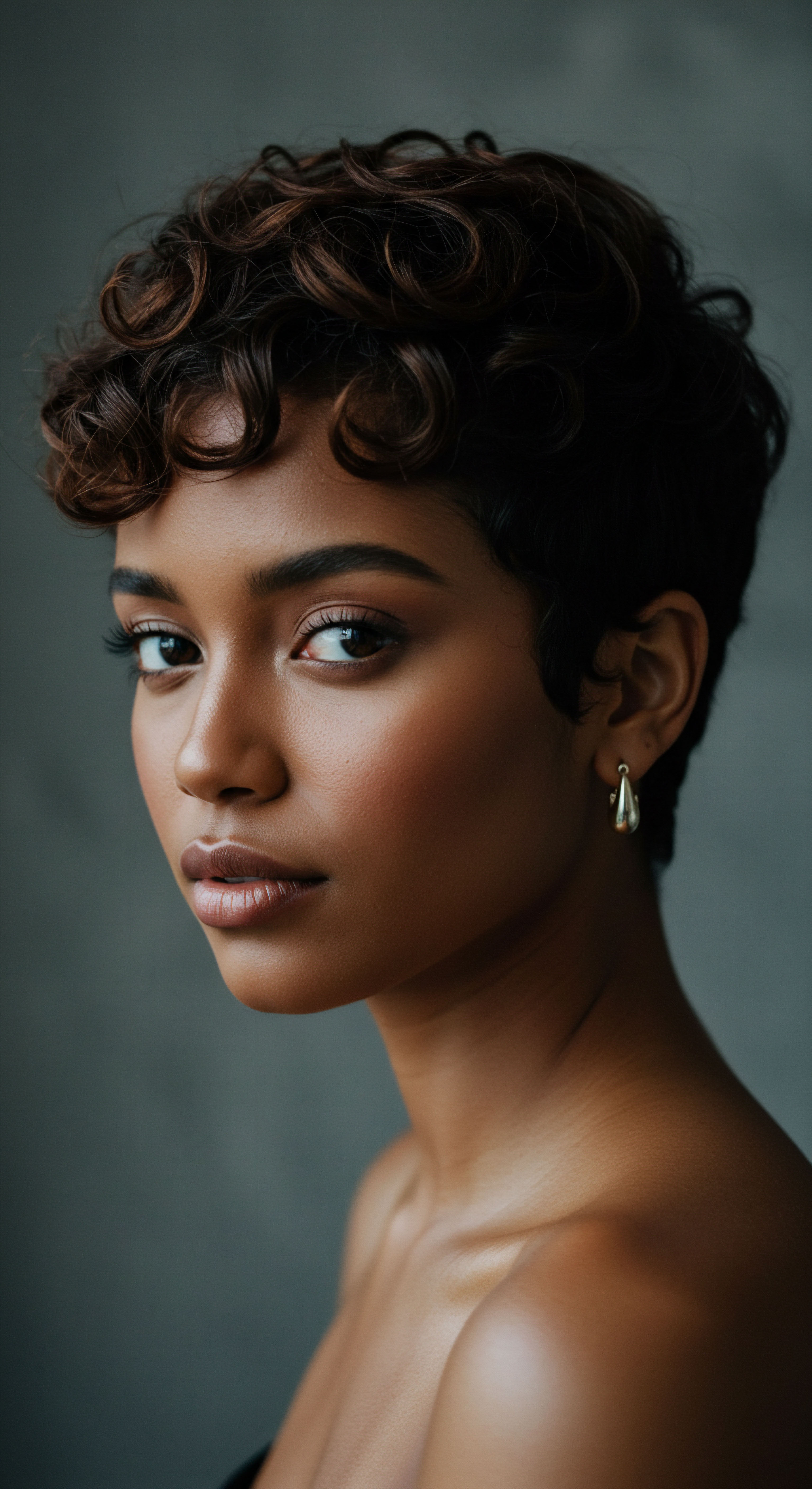
Legislative Momentum ❉ The CROWN Act
A powerful illustration of this expansion in action is the movement surrounding the CROWN Act (Creating a Respectful and Open World for Natural Hair). This legislation, which began in California in 2019, aims to explicitly prohibit discrimination based on hair texture and protective hairstyles, such as afros, braids, locs, and twists, in workplaces and public schools. The necessity of such a law highlights a crucial point ❉ existing anti-discrimination statutes, while broad, did not always provide clear or consistent protection against hair-based bias. The CROWN Act serves as a clarification, a deliberate legislative effort to close a loophole that disproportionately affected Black individuals.
The advocacy for the CROWN Act stems directly from real-world experiences. Studies reveal a stark reality ❉ Black women, in particular, face significant disadvantages due to their hair. For instance, a 2023 research study co-commissioned by Dove and LinkedIn found that Black Women’s Hair is 2.5 Times More Likely to Be Perceived as Unprofessional than that of white women.
This startling statistic underscores the persistent, often unconscious, biases that continue to influence hiring and professional advancement. It speaks to a systemic issue where culturally significant hairstyles are unfairly categorized as unsuitable, leading to missed opportunities and psychological strain.
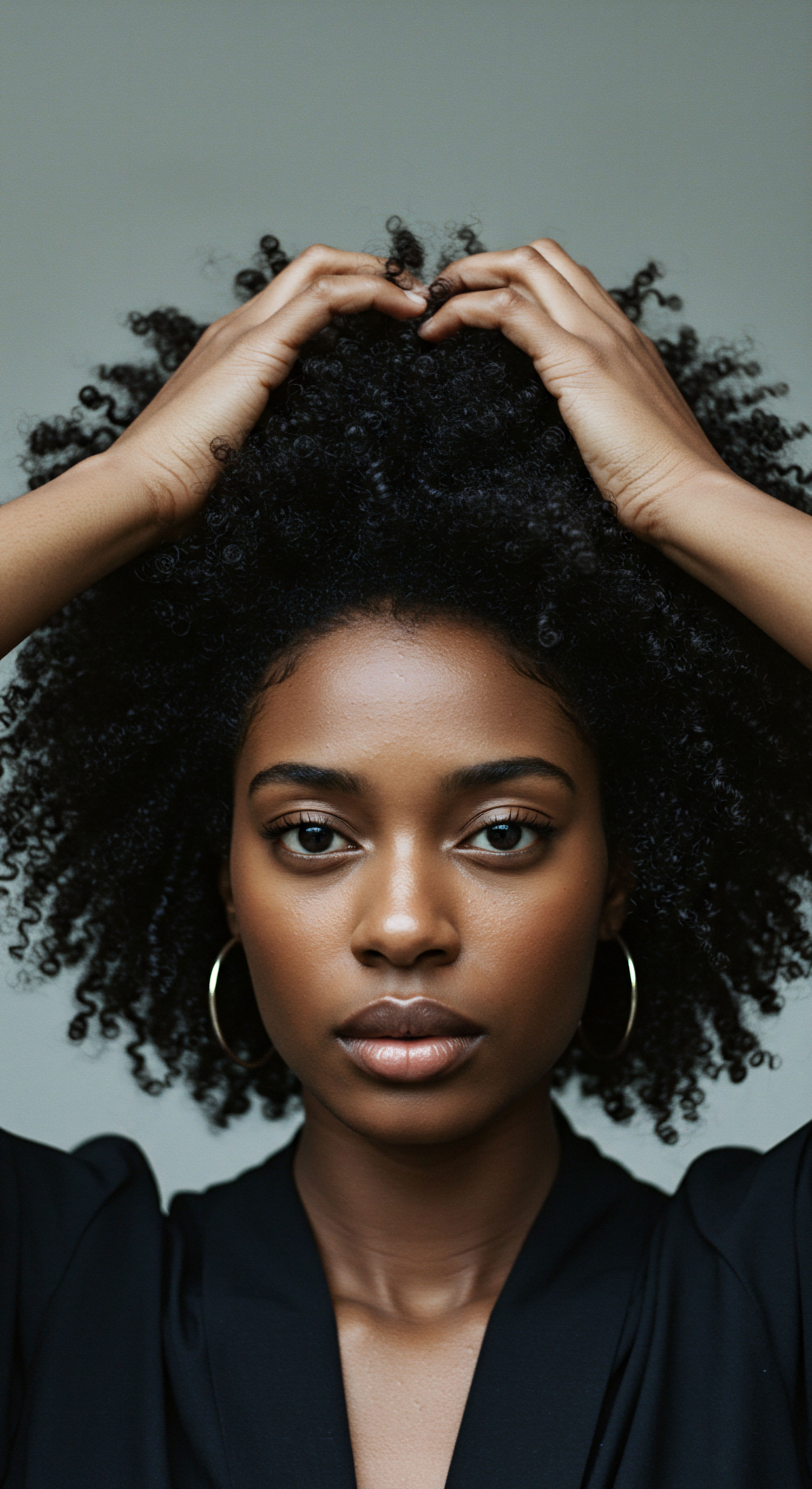
Impacts on Professional and Educational Pathways
The ramifications of hair discrimination extend beyond personal discomfort, directly influencing educational and professional trajectories. Young Black children have faced disciplinary actions, including suspensions, for wearing natural or protective styles in school, teaching them early on that their inherent appearance might be deemed “inappropriate.” Such policies can create barriers to educational opportunities and instill a sense of otherness.
In the professional sphere, the effects are equally tangible. Beyond the perception of unprofessionalism, Black women with coily or textured hair are twice as likely to experience microaggressions in the workplace compared to those with straighter hair. Over 20% of Black women aged 25-34 have even been sent home from work because of their hair. These experiences contribute to a pervasive sense of anxiety and hypervigilance about how one’s hair is perceived, diverting mental energy from productivity to self-preservation.
- Workplace Disadvantage ❉ Black women are significantly more likely to be perceived as unprofessional due to their natural hair, affecting job prospects and career advancement.
- Microaggressions ❉ Individuals with textured hair frequently experience subtle yet harmful comments or actions related to their hairstyles in professional settings.
- Educational Barriers ❉ Students with natural or protective styles can face disciplinary measures, hindering their access to learning environments.

The Intersection of Identity and Wellness
The Civil Rights Expansion, in its intermediate understanding, also acknowledges the profound psychological and emotional toll exacted by hair discrimination. The constant pressure to conform, the feeling that one’s natural self is not acceptable, can lead to internalized racism and negative self-image. This ongoing stress, coupled with potential economic disparities stemming from limited opportunities, underscores the deep connection between hair freedom and overall well-being. It is a recognition that true civil rights must encompass the right to self-expression without fear of prejudice or economic penalty.
The conversation around textured hair and civil rights is also a dialogue about wellness. The decision to chemically straighten hair, often made under duress of societal expectations, can have physical health consequences. Thus, the expansion of civil rights into the realm of hair care supports not only cultural pride but also the physical and mental health of individuals who choose to wear their hair in its natural state.
| Form of Discrimination Formal Policies |
| Description Explicit dress codes prohibiting natural or protective styles. |
| Consequence for Individuals Disciplinary action, suspension, termination, denial of opportunities. |
| Form of Discrimination Implicit Bias |
| Description Unconscious perceptions of natural hair as "unprofessional" or "unclean." |
| Consequence for Individuals Lower interview ratings, microaggressions, limited career progression. |
| Form of Discrimination Social Pressure |
| Description Societal norms that compel individuals to alter their hair to "fit in." |
| Consequence for Individuals Internalized racism, negative self-image, use of damaging styling methods. |
| Form of Discrimination These varied forms illustrate the multifaceted nature of hair discrimination, necessitating comprehensive civil rights protections. |

Advanced
At its most sophisticated stratum, the Civil Rights Expansion represents a profound re-evaluation of what equality truly entails, moving beyond the superficiality of mere legal proscription to a deeper understanding of systemic inequities. It signifies a continuous, often challenging, re-calibration of societal structures and norms to accommodate the full spectrum of human identity, particularly those historically marginalized. This advanced meaning calls for an intellectual and ethical inquiry into the subtle mechanisms of exclusion, the historical underpinnings of bias, and the complex interplay of social, cultural, and even economic forces that perpetuate disadvantage.
It is a recognition that true equity demands not only the absence of overt discrimination but also the active dismantling of conditions that produce unequal outcomes. For Roothea, this level of discourse connects the very biophysics of textured hair to the intricate politics of identity, demanding a granular understanding of how beauty standards become instruments of control and how their challenge becomes an act of liberation.
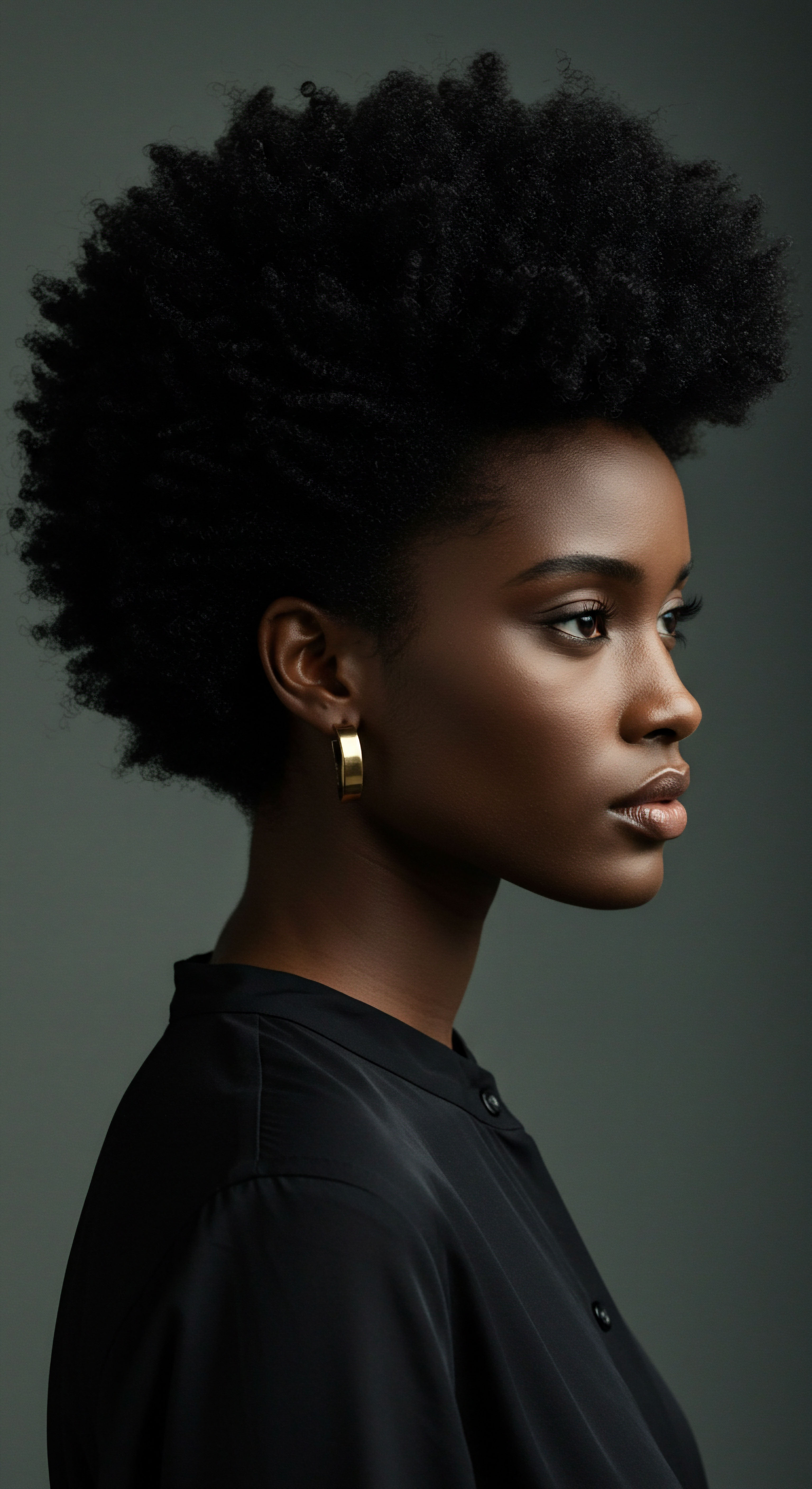
The Semiotics of Strands ❉ Hair as a Site of Sociopolitical Struggle
The precise meaning of Civil Rights Expansion, when viewed through the lens of textured hair, transcends simple anti-discrimination mandates. It becomes an exploration of hair as a profound semiotic system, a visual language imbued with layers of historical, cultural, and political significance. The coils, kinks, and waves of Black and mixed-race hair are not merely biological formations; they are repositories of ancestral memory, symbols of resistance, and declarations of selfhood.
This understanding challenges the notion that hair choices are purely personal, revealing them instead as expressions deeply entwined with collective identity and the ongoing struggle for recognition. The imposition of Eurocentric beauty standards upon these diverse textures serves as a form of cultural policing, a subtle yet powerful mechanism of control that seeks to homogenize appearance and, by extension, identity.
The historical context of hair policing, from the Tignon Laws of 18th-century Louisiana requiring free Black women to cover their elaborate hairstyles, to modern workplace grooming policies, illustrates a continuous attempt to regulate Black bodies and identities. These regulations, often cloaked in terms of “professionalism” or “neatness,” operate as a form of racial gatekeeping, limiting access to educational and economic opportunities. The advanced understanding of Civil Rights Expansion thus involves a critical deconstruction of these seemingly neutral standards, revealing their inherent biases and their function in maintaining existing power hierarchies.

Unpacking the Psychological and Economic Costs of Conformity
The psychological toll exacted by hair discrimination is a critical dimension of this expanded civil rights discourse. The constant vigilance required to navigate spaces where natural hair is unwelcome cultivates chronic stress and anxiety. Research indicates that Black adolescent girls, for instance, are significantly more likely to experience hair-related discrimination and dissatisfaction, which correlates with increased feelings of depression. This phenomenon, termed “esthetic trauma” by some psychologists, underscores the profound mental health consequences of being told, implicitly or explicitly, that one’s natural appearance is inherently problematic.
Beyond the psychological burden, the economic implications are substantial. The pressure to conform often translates into financial outlays for chemical relaxers, straightening treatments, or wigs, diverting resources that could otherwise be used for economic advancement. Furthermore, the denial of job interviews or promotions due to hair discrimination has tangible effects on earning potential and generational wealth accumulation. Consider the sobering finding that Black Women are 25% More Likely to Believe They Have Been Denied a Job Interview Because of Their Hair, a figure that rises to one-third for women under 34.
This economic disadvantage, stemming from a seemingly superficial aspect of appearance, exposes a deeper systemic failure to ensure equitable access to the labor market, even decades after the Civil Rights Act of 1964. The Civil Rights Expansion seeks to dismantle these invisible economic barriers, ensuring that merit, not melanin-rich strands, determines one’s professional trajectory.
The Civil Rights Expansion recognizes hair as a battleground for identity and equity, challenging norms that perpetuate economic and psychological harm.

The Legal Frontier ❉ From General Protections to Specific Affirmations
The progression of civil rights jurisprudence regarding hair provides a compelling case study in the meaning of expansion. Initial interpretations of Title VII of the Civil Rights Act of 1964, while prohibiting race discrimination, often failed to extend protections to hair textures or styles, viewing them as mutable characteristics or mere grooming choices rather than intrinsic racial traits. The 2016 Eleventh Circuit ruling in EEOC v.
Catastrophe Management Solutions, which found that an employer’s refusal to hire a Black woman because of her locs did not violate Title VII, starkly illustrated this legal lacuna. This ruling, among others, highlighted the need for a more explicit legal framework.
The advent of the CROWN Act, now passed in numerous states, represents a direct legislative response to this deficiency. It is an unequivocal statement that discrimination based on hair texture or protective styles is indeed a form of racial discrimination. This legislative movement is not simply adding a new law; it is clarifying and strengthening the existing intent of anti-discrimination statutes, recognizing that racial bias can manifest in subtle, culturally specific ways. The CROWN Act’s proliferation signifies a societal and legal maturation, an acknowledgement that the fight for civil rights must extend to protecting the very cultural expressions that define a community.
- Legal Evolution ❉ Early civil rights laws often lacked explicit provisions for hair discrimination, necessitating specific legislative interventions.
- The CROWN Act’s Mandate ❉ This legislation directly addresses and prohibits bias against natural hair textures and protective styles in schools and workplaces.
- Societal Shift ❉ The widespread adoption of the CROWN Act signals a growing understanding and rejection of Eurocentric beauty standards as discriminatory.
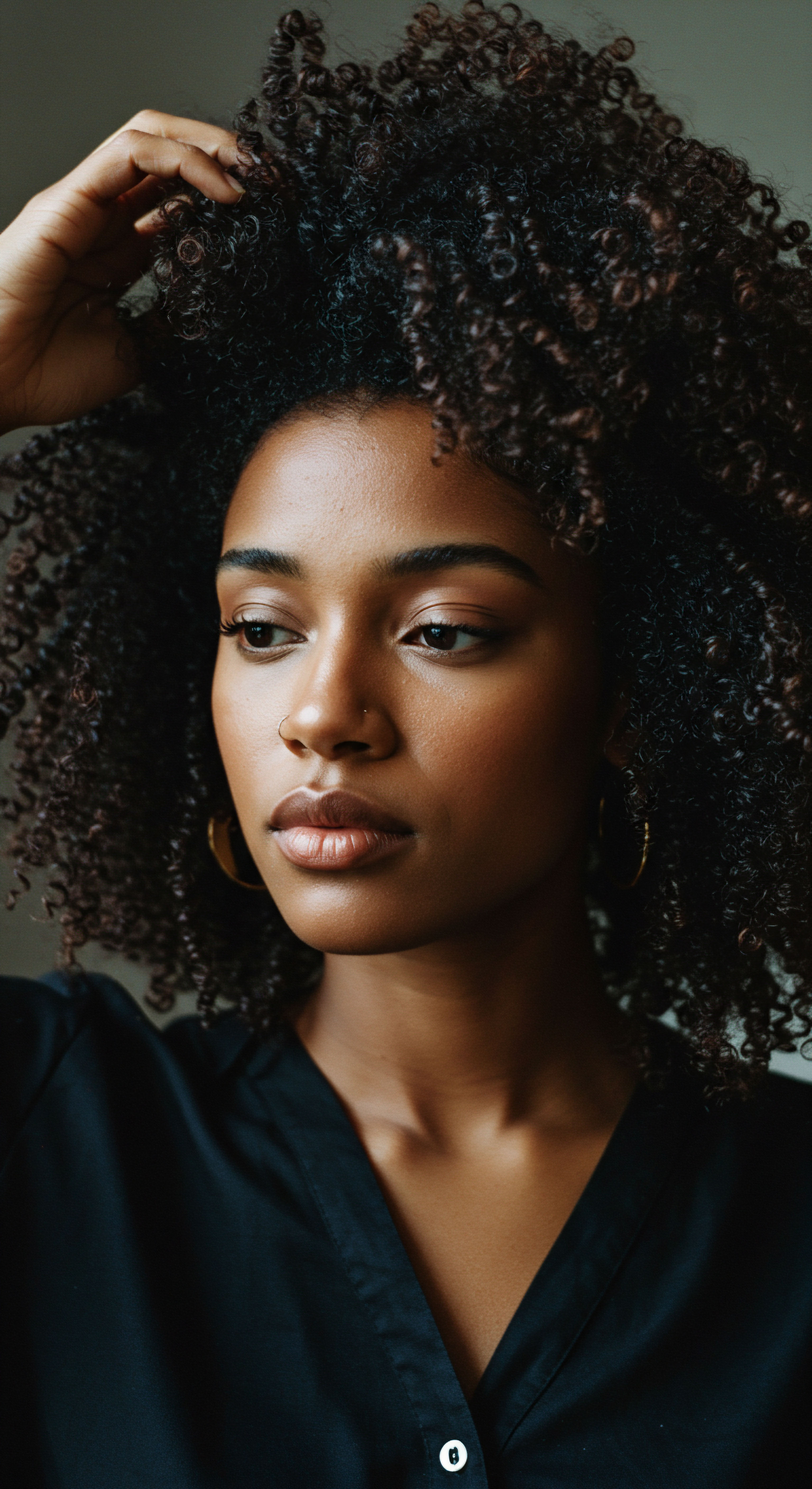
Intersectional Considerations and Global Resonance
A truly advanced understanding of Civil Rights Expansion demands an intersectional perspective. Hair discrimination often intersects with gender, socio-economic status, and even age, creating unique vulnerabilities. Black women, for instance, frequently bear the brunt of hair-based bias, experiencing a twofold prejudice based on both race and gender. This complex interplay of identities requires a nuanced approach to advocacy and policy, recognizing that different groups within the Black community may experience hair discrimination in distinct ways.
Moreover, the significance of Civil Rights Expansion concerning hair resonates globally. The policing of Black hair is not solely an American phenomenon; it is a manifestation of anti-Blackness that extends across various cultures and geographies, often rooted in colonial legacies. Thus, the principles underlying the CROWN Act and similar initiatives carry universal implications, fostering a broader dialogue about cultural acceptance, self-determination, and the dismantling of Eurocentric beauty hegemony on a worldwide scale. This global resonance underscores the universal meaning of the expansion of civil rights ❉ a collective striving for a world where personal identity, as expressed through something as fundamental as hair, is celebrated, not subjugated.
The scientific understanding of textured hair further enriches this advanced discourse. The unique structural properties of coily and kinky hair, its susceptibility to dryness, and its specific care requirements, have historically been misunderstood or devalued within a beauty industry predicated on straight hair. The Civil Rights Expansion, in this context, also implies a demand for scientific literacy and equitable product development, ensuring that research and innovation serve the needs of all hair types, not just those aligned with dominant aesthetic preferences. This includes advocating for dermatological research that addresses specific conditions affecting textured hair, free from historical biases that have overlooked these concerns.
| Area of Need Legal Clarity |
| Manifestation of Disparity Ambiguity in existing anti-discrimination laws regarding hair. |
| Impact on Black/Mixed Hair Communities Uneven protections, inconsistent court rulings, continued vulnerability to bias. |
| Area of Need Societal Acceptance |
| Manifestation of Disparity Persistence of Eurocentric beauty standards in professional/educational settings. |
| Impact on Black/Mixed Hair Communities Psychological distress, pressure to conform, limited self-expression. |
| Area of Need Economic Equity |
| Manifestation of Disparity Denial of opportunities or advancement due to hair-based bias. |
| Impact on Black/Mixed Hair Communities Reduced earning potential, career stagnation, perpetuation of economic disparities. |
| Area of Need Cultural Validation |
| Manifestation of Disparity Devaluation or misrepresentation of traditional and protective hairstyles. |
| Impact on Black/Mixed Hair Communities Loss of cultural connection, diminished pride in heritage, feeling of "otherness." |
| Area of Need These areas collectively highlight that the journey for true hair freedom, as part of Civil Rights Expansion, remains active and requires sustained effort. |
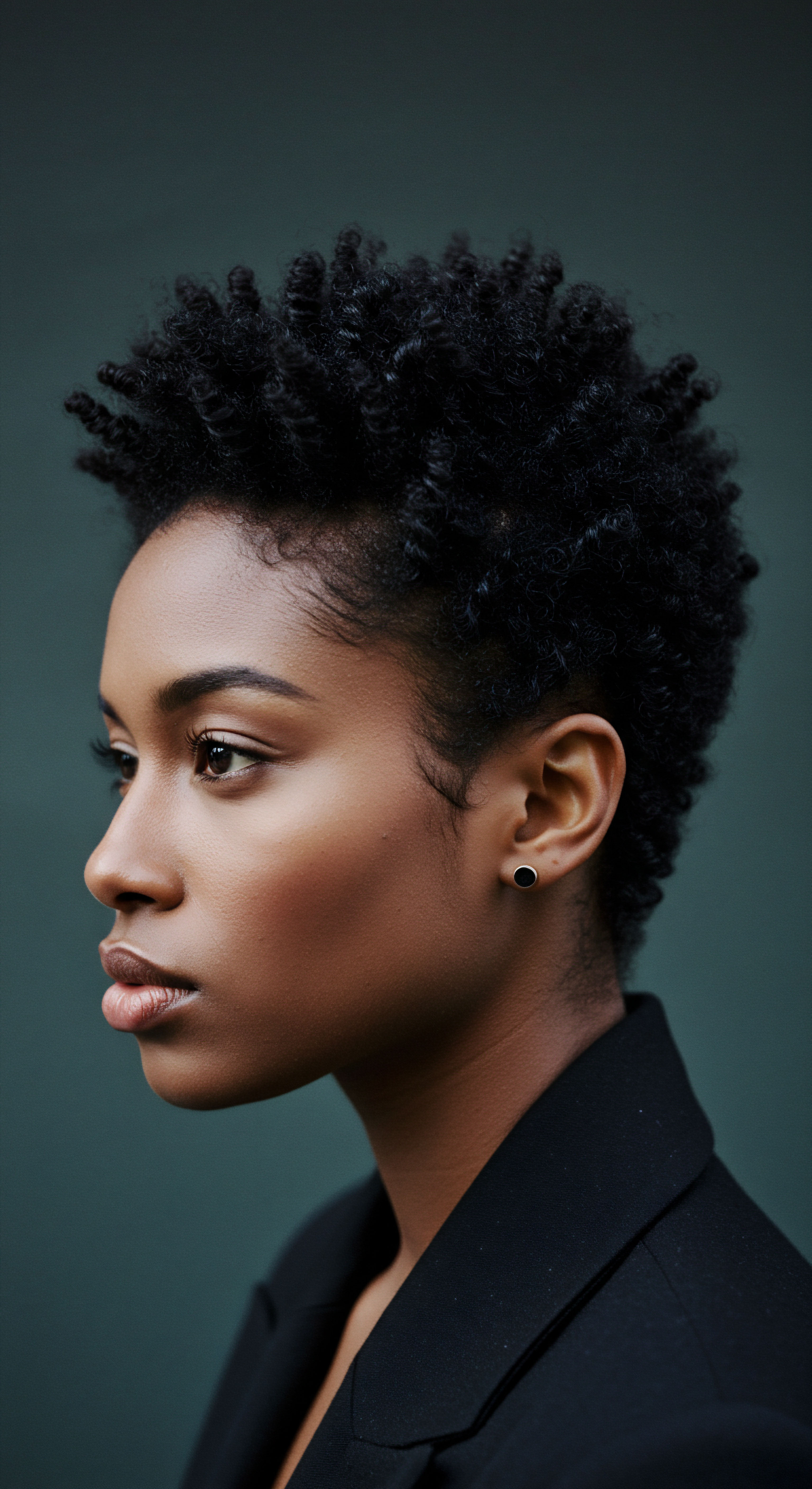
Reflection
The profound journey of Civil Rights Expansion, particularly when viewed through the delicate yet resilient lens of textured hair, reminds us that the pursuit of justice is a living, breathing endeavor. It is a quiet understanding that the path to true liberation extends far beyond legislative acts, reaching into the very fibers of personal identity and societal perception. Each curl, each coil, each loc stands as a testament to heritage, resilience, and an inherent right to exist authentically.
This unfolding of rights, as it pertains to our hair, beckons us to look deeper, to question the unspoken rules and the subtle biases that have long dictated what is deemed “acceptable.” It asks us to celebrate the unique biology and cultural richness of textured hair, recognizing its beauty not as an exception, but as a cherished part of the human spectrum. In this gentle yet firm affirmation, we find a call to cultivate spaces where every individual feels truly seen, valued, and free to present their authentic self, from the roots of their being to the very crown of their head. The expansion continues, promising a future where the beauty of diversity is not just tolerated, but truly revered.
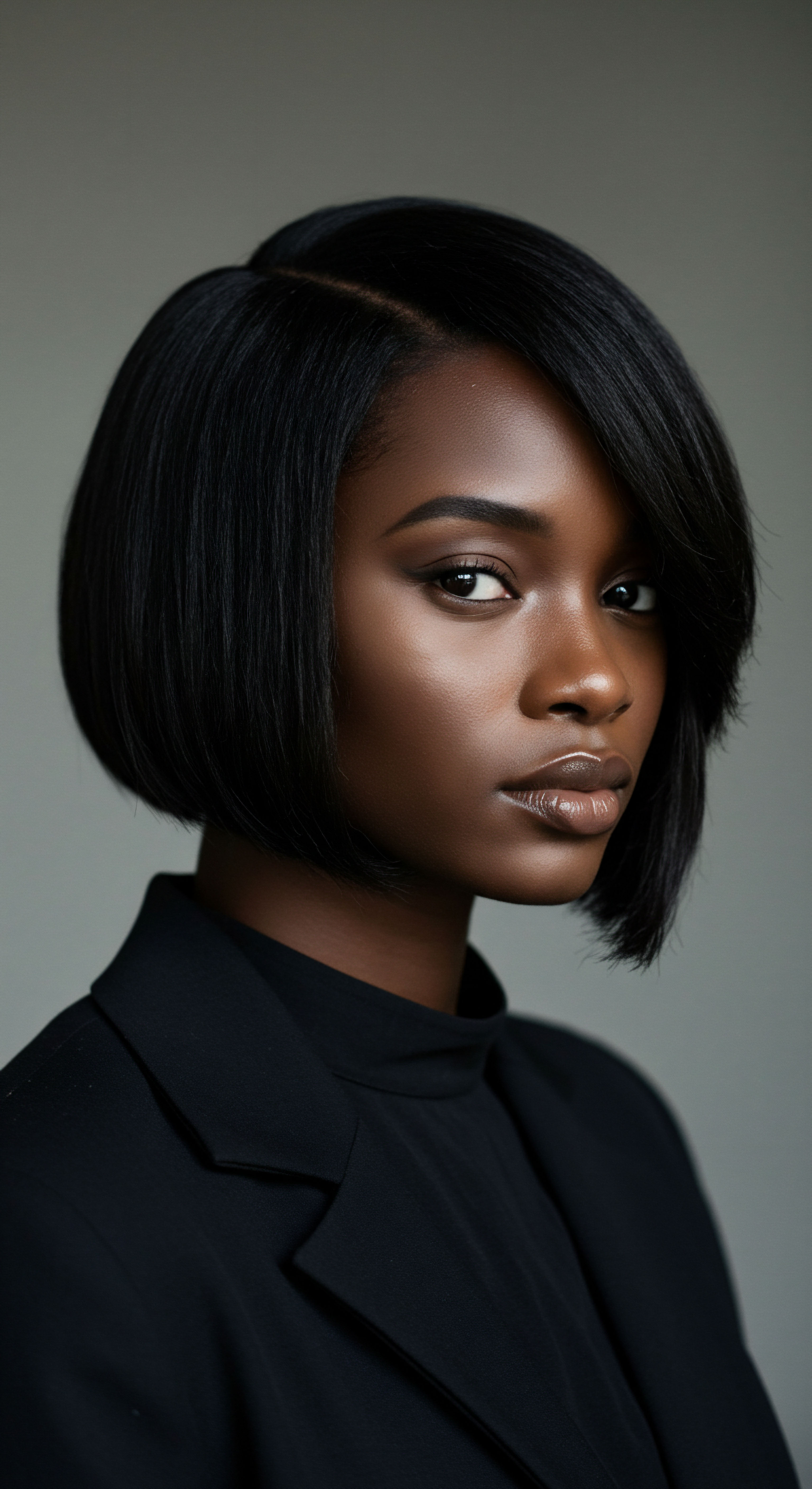
References
- Byrd, Ayana, and Lori L. Tharps. Hair Story ❉ Untangling the Roots of Black Hair in America. St. Martin’s Press, 2001.
- Johnson, Chelsea Mary Elise. Natural ❉ Black Beauty and the Politics of Hair. Duke University Press, 2022.
- Mbilishaka, Afiya M. “Don’t Get It Twisted ❉ Untangling the Psychology of Hair Discrimination Within Black Communities.” American Journal of Orthopsychiatry, 2024.
- Rosette, Ashleigh Shelby, and Christy T. Glass. “The Natural Hair Bias in Job Recruitment.” Social Psychological and Personality Science, vol. 11, no. 8, 2020, pp. 1069-1077.
- Parris, LaRose. Being Apart ❉ Theoretical and Existential Resistance in Africana Literature. University of Virginia Press, 2015.
- Dove CROWN Research Study for Women. 2019. (Accessed via various reports from Dove, LinkedIn, and advocacy organizations like the NAACP Legal Defense Fund and Economic Policy Institute).
- Dove CROWN Workplace Research Study. 2023. (Accessed via various reports from Dove, LinkedIn, and advocacy organizations like the NAACP Legal Defense Fund and Economic Policy Institute).
- Ladner, Joyce A. Tomorrow’s Tomorrow ❉ The Black Woman. Doubleday, 1971.
- Lisse, Adenique. “Hair Satisfaction and Depressive Symptoms Among Black, White, and Latina Adolescent Girls.” Body Image, 2025.
- Crenshaw, Kimberlé. “Mapping the Margins ❉ Intersectionality, Identity Politics, and Violence Against Women of Color.” Stanford Law Review, vol. 43, no. 6, 1991, pp. 1241-1299.